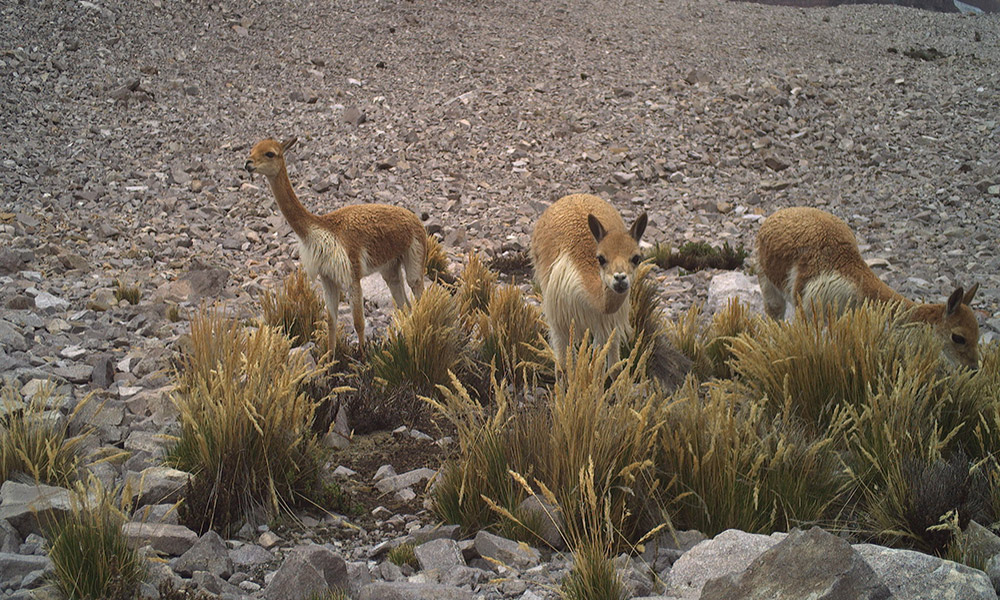Recent research from James Madison University reveals that animal dung is crucial in accelerating ecosystem development on nutrient-poor soils exposed by melting glaciers in the Andes Mountains. Led by biology professor Kelsey Reider, this study highlights the significant impact of wild vicuñas, relatives of alpacas and llamas, in transforming barren landscapes into thriving habitats.
In the tropical Andes, vegetation growth is often stunted for long periods post-glacier melt due to nutrient-deficient soils. However, the presence of vicuñas has been shown to considerably enhance the potential for new plant life, as detailed in a study published on nature.com.
Collaborating with researchers from the University of Colorado Boulder, Reider examined the ecosystems at elevations reaching 17,700 feet, revealing that animal excrement significantly alters the soil’s biotic and abiotic components. The dung, found in concentrated areas known as latrines, maintains a more stable soil temperature amidst the drastic fluctuations typical of high-altitude environments — where nights can feel like winter while days are reminiscent of summer.
Furthermore, these latrines contribute essential organic matter and nutrients, fostering a more conducive environment for plant growth than latrine-free areas. This process benefits flora and creates nutrient hotspots that serve as habitats for various animal species, including Andean foxes and pumas, which prey on them.
Reider and her team continue their investigation, supported by a $470,000 grant from the National Science Foundation. They are currently analyzing samples and data in the lab and plan to return to Peru for further research in June and December.
With over a decade of experience working in the Andes, Reider has also collaborated with the BBC for the upcoming documentary series The Americas. The series explores adaptations to life at extreme elevations and will air later this month on NBC. It promises to shed light on the unique ecological dynamics of this remarkable region.
As climate change accelerates glacier melting, understanding the role of wildlife in these fragile ecosystems becomes increasingly vital for future conservation and ecological restoration efforts.






